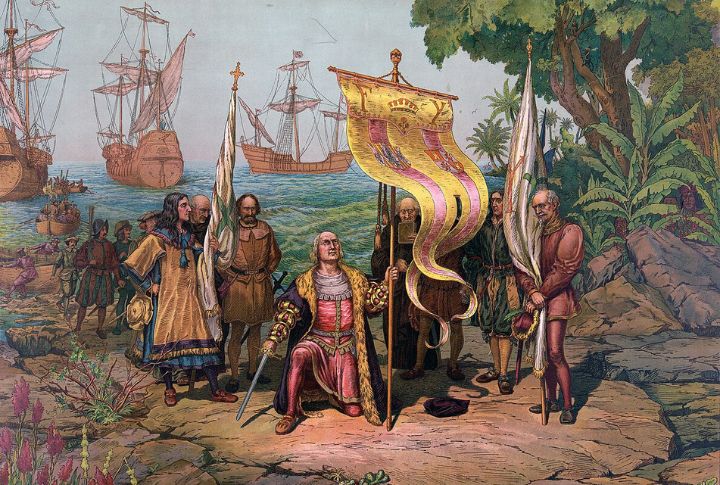
History is full of surprises, but not all of them are true. Over time, some stories have taken on lives of their own, blending fact with fiction in ways we rarely question. These myths are so convincing that they’ve shaped how we see the past. Keep reading to uncover the truth behind ten of the most enduring historical myths.
The Myth Of Columbus Discovering America
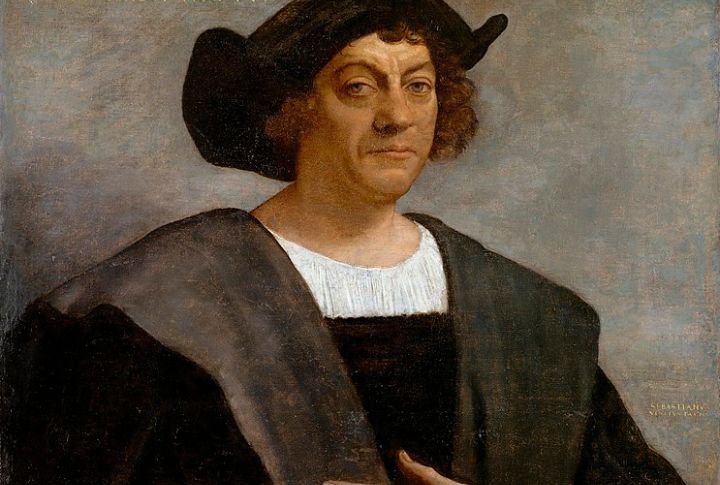
Sailing the ocean blue in 1492 didn’t make Columbus a pioneer. Leif Erikson, the Viking explorer, reached North America around 1000 CE. However, Columbus got the fame, thanks to European geopolitics. The irony is that he thought he’d hit Asia. We’ve never been more thankful for Google Maps.
The Misconception About Napoleon’s Height
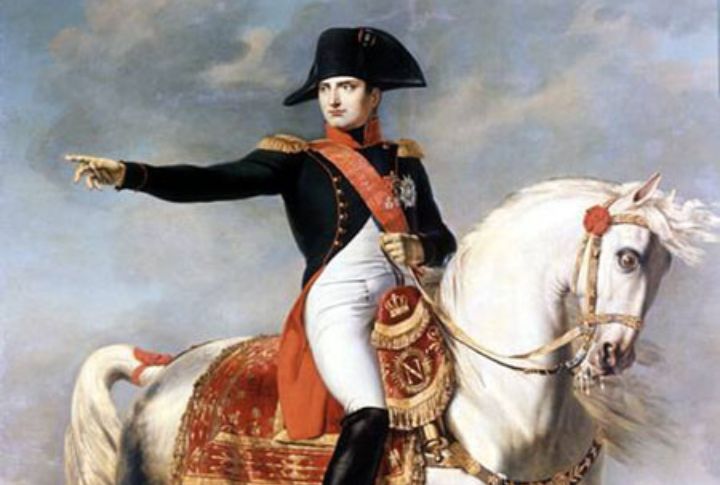
Napoleon Bonaparte wasn’t short—he was just the victim of a metric misunderstanding. British propaganda labeled him tiny, but at 5’6″ (average for his era), he was no shrimp. The little guy jokes can be toned down a little, even if his ambition towered above all.
The Falsehood Of Washington’s Wooden Teeth
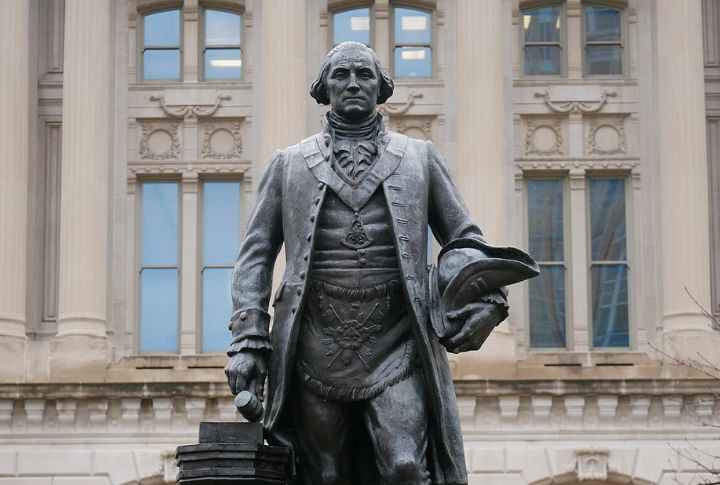
Brown stains on George Washington’s dentures led people to believe they were made of wood. In reality, they were crafted from a combination of ivory, metal, and human teeth. Despite their innovative construction, Washington found them uncomfortable and rarely wore them in public.
The Misattribution Of “Let Them Eat Cake”
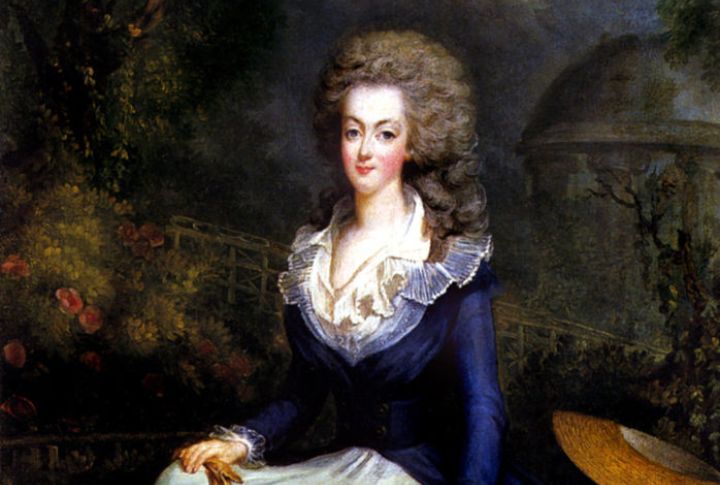
Revolutionary France adopted the myth of Marie Antoinette saying, “Let them eat cake,” to illustrate her indifference. In truth, this phrase existed long before her time. It highlights how easily myths can shape perceptions of historical figures.
The Salem Witch Trials Execution Method Myth
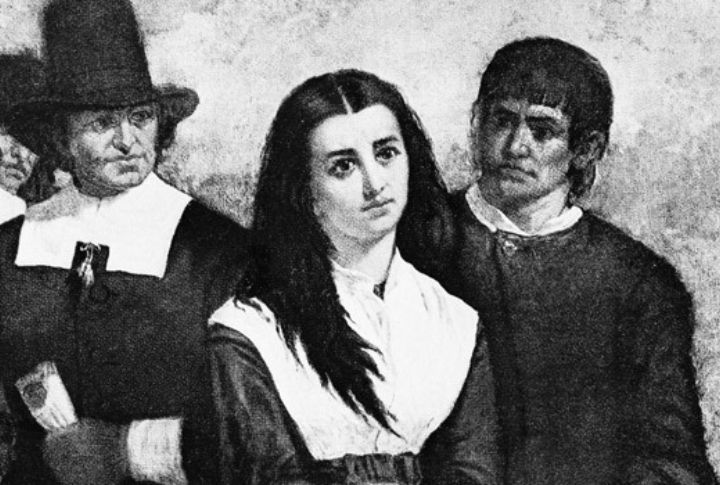
Forget the bonfires—Salem’s “witches” faced hangings, not burning at the stake. Giles Corey, crushed by stones, was the only exception. The burn myth probably stems from European practices. Salem was grim, but the flames? Pure imagination.
The Misconception That Einstein Failed Math
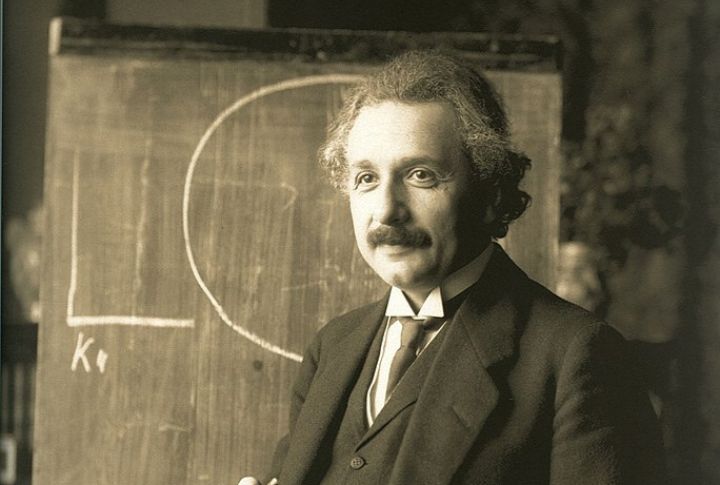
At 15, Einstein had already conquered calculus and demonstrated exceptional talent in mathematics. Misunderstandings of Swiss grading fueled the false story of his struggles, but in reality, his abilities far surpassed what most students achieve in their school years.
The Viking Horned Helmets Myth
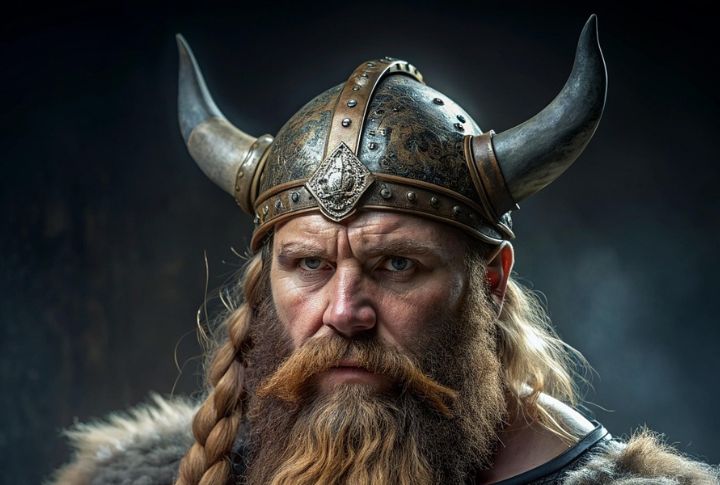
This one has Hollywood written all over it. Horns would’ve been useless in battle and downright hazardous. The misconception started with 19th-century opera costumes, but the truth will always be that Norsemen fought without the drama.
The Misbelief In Medieval Flat Earth Theory
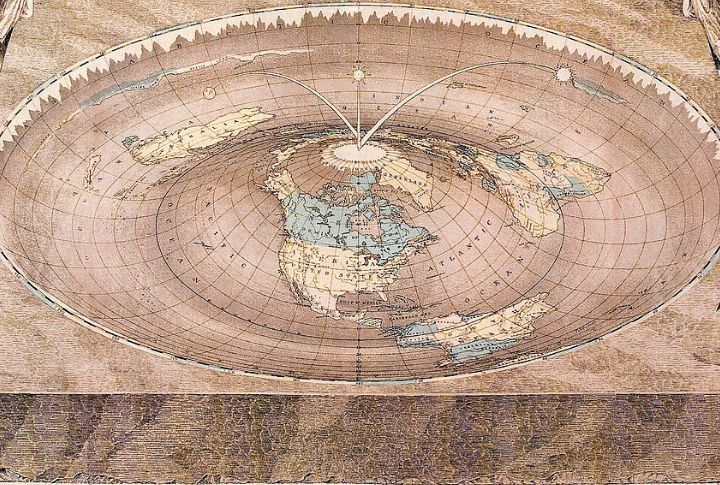
Did the Middle Ages really deserve the flat Earth stigma? Absolutely not. Ancient Greek discoveries kept the knowledge of a spherical Earth alive in medieval Europe. The flat Earth myth appeared centuries later, more as a smear campaign than a historical truth.
The Myth Of Catherine The Great’s Death
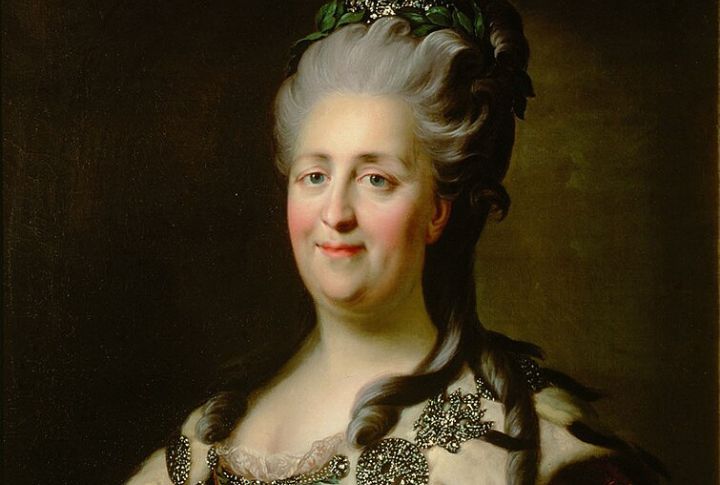
Catherine the Great didn’t die from a scandalous horse accident. Gossip ran wild after her death from a stroke, but no animals were involved. Her real legacy was expanding Russia’s borders and modernizing its culture. Leave it to history to mix drama with fact.
The Misconception Of Edison Inventing The Light Bulb
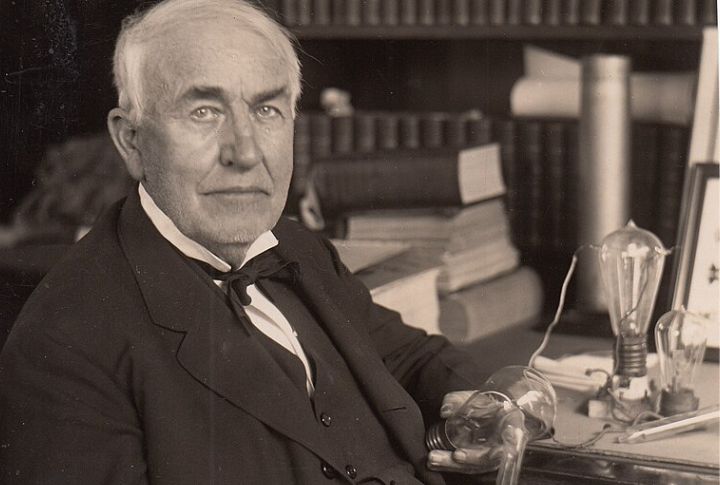
Early light bulbs flickered briefly before Edison improved them. His filament design ensured longevity and practicality—it made light accessible to all. While not the original inventor, Edison’s innovations transformed a basic concept into a world-changing reality.

